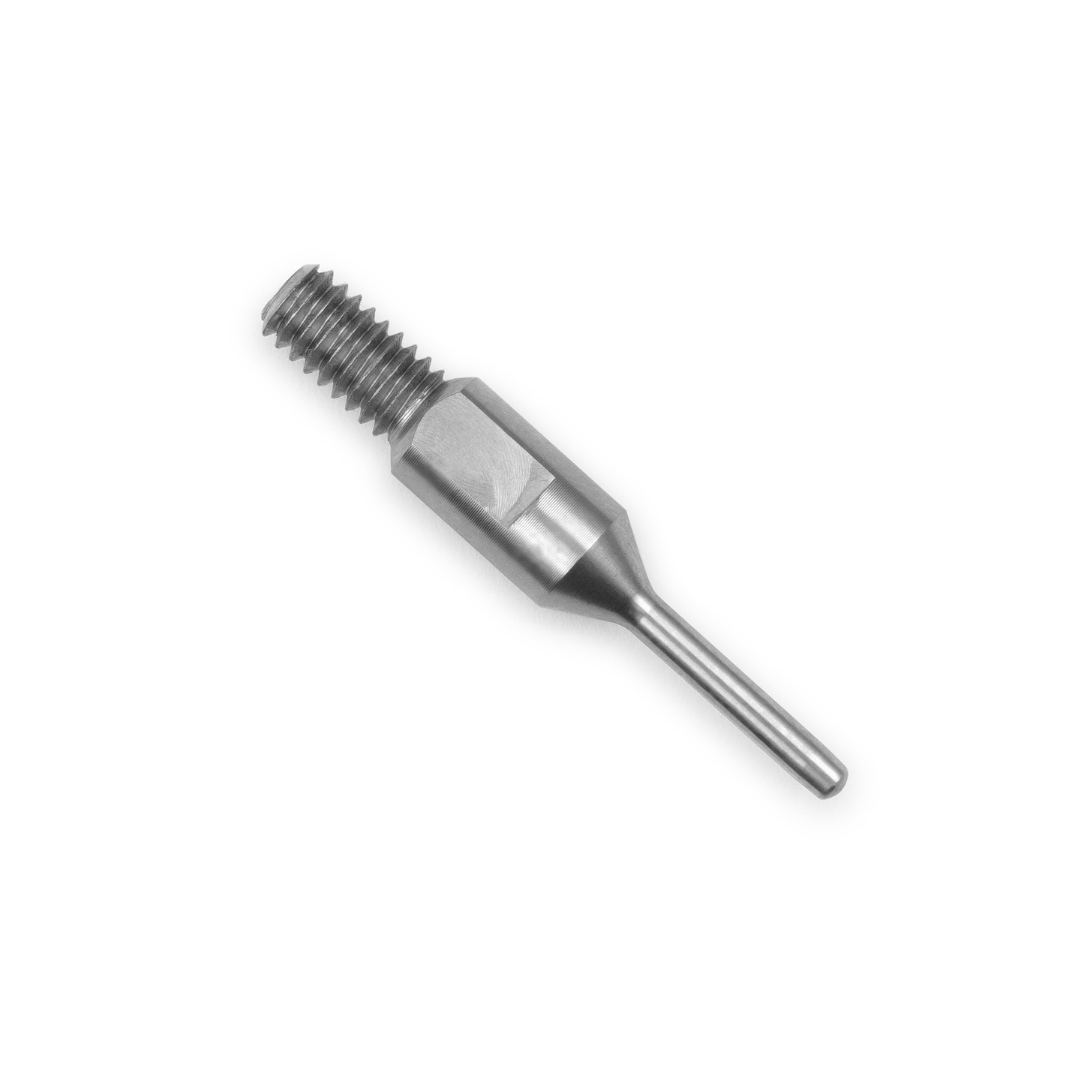There is a pretty large difference when discussing bottleneck cartridges versus straight wall pistol rounds in terms of the resultant tolerance of the results.What issues will I run into with mixed brass that I should be aware of ahead of time
For example, I agree that your experience with the press for pistol rounds is valuable and should shorten the learning curve since it is just a conversion to rifle. But, rifle brass prep is a little more demanding in terms of how your dies must be set.
You will need to give yourself a little stick time to get the hang of those combined stations where there is more than one demand, like the trim station for example. You will be both setting your case sizing as well as the trim length.
I would suggest you sort that first session by headstamp and then intentionally introduce different ones to see how they react. Sometimes one setting will work for all, and other times the results won't run. Brass differences can drive the die setting requirements in bottleneck rifle cartridges in ways that you might not detect in pistol brass.
You will be fine based on what you already know. No worries and have fun.


